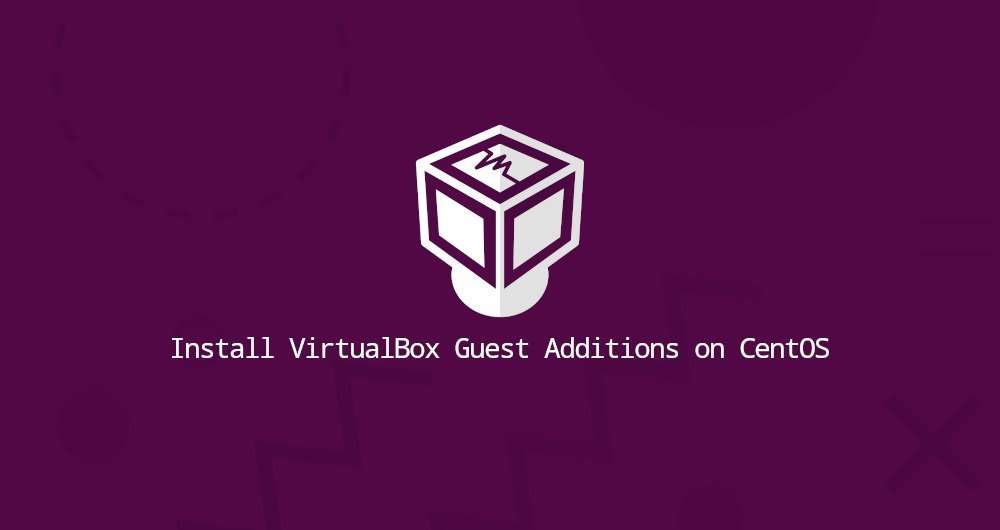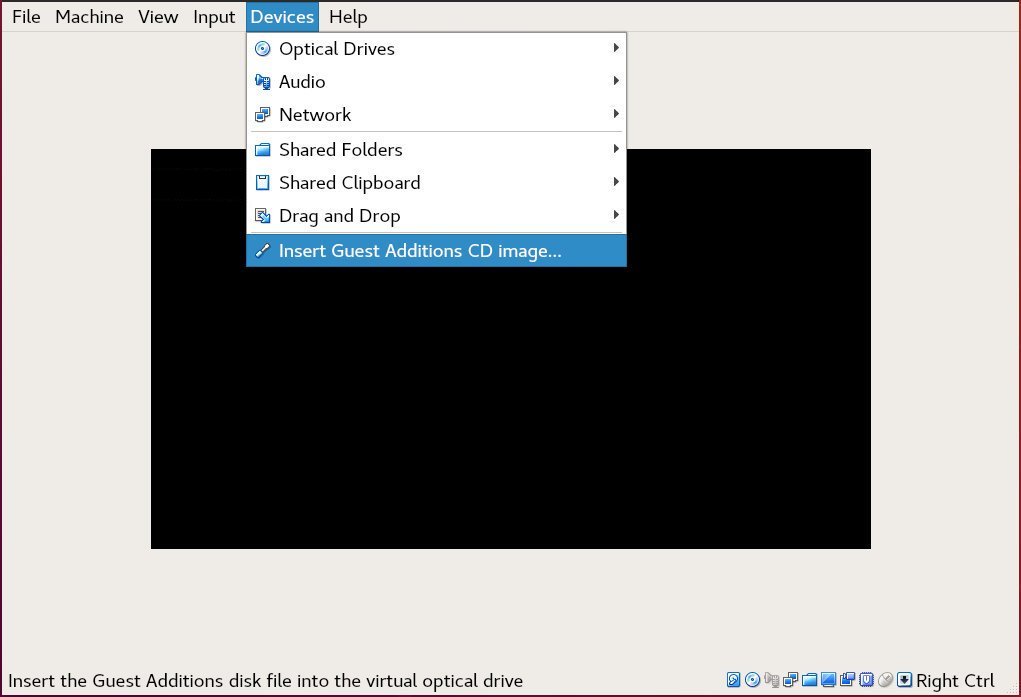How to install VirtualBox client extension on CentOS 8

VirtualBox is an open source, cross-platform virtualization software that allows you to run multiple guest operating systems (virtual machines) at the same time.
VirtualBox provides a series of drivers and applications (VirtualBox client extensions), which can be installed on the guest operating system to extend the functions of the guest, such as shared folders, shared pasteboards, mouse pointer integration, and more Good video support, etc.
This article explains how to install VirtualBox client extensions on CentOS 8 clients.
1. Install client extensions on CentOS clients##
VirtualBox comes with an ISO image called "VBoxGuestAdditions.iso", which contains the installation package of the client extensions for all supported guest operating systems. This file is placed on the host and can be mounted on the client using the VirtualBox graphics manager. Once the mount is complete, you can install these extensions on the client.
Follow the steps below to install the VirtualBox client extension on CentOS 8 desktop or server client.
-
Open VirtualBox Graphics Manager
-
Start CentOS guest virtual machine
-
Log in as root or another sudo user, and install the necessary packages for building the kernel module:
sudo dnf install gcc kernel-devel kernel-headers dkms make bzip2 perl
- From the menu on the virtual machine, click Devices -> "Insert Guest Additions CD Image", as shown below:

If you get an error message saying: There is no CD-ROM in the guest operating system, stop the virtual machine and open the virtual machine settings. On the "Storage" tab, add a new CD-ROM by clicking a plus sign (add optional devices). Once completed, restart the virtual machine.
- Open the CentOS client terminal, create a new directory, and mount the ISO file:
sudo mkdir -p /mnt/cdrom
sudo mount /dev/cdrom /mnt/cdrom
- Navigate to the recently created directory, and execute the
VBoxLinuxAdditions.runscript to install the client extension:
cd /mnt/cdrom
sudo sh ./VBoxLinuxAdditions.run --nox11
The --nox11 option tells the installer not to open an xterm window.
The output is as follows:
Verifying archive integrity... All good.
Uncompressing VirtualBox 6.0.16 Guest Additions for Linux..............
VirtualBox Guest Additions: Starting.
- Restart the CentOS client system for the modification to take effect:
sudo shutdown -r now
- Once the virtual machine starts, log in, and verify that the installation is successful, and use the
lsmodcommand to verify that the kernel module has been loaded correctly.
lsmod | grep vboxguest
The output will look like this:
vboxguest 3481602 vboxsf
If the command does not display any output, it means that the VirtualBox kernel module is not loaded.
that's it. You have installed the VirtualBox client extension on your CentOS client machine.
Now you can enable shared pasteboards on the "Storage" tab of the virtual machine settings, drag and drop support, enable 3D acceleration on the "Display" tab, create shared folders, etc.
Two, summary##
Installing VirtualBox client extensions can improve the performance of the virtual machine and increase its usability.
To find more information about client extensions, please visit Official VirtualBox Client Extension Documentation Page.
Recommended Posts